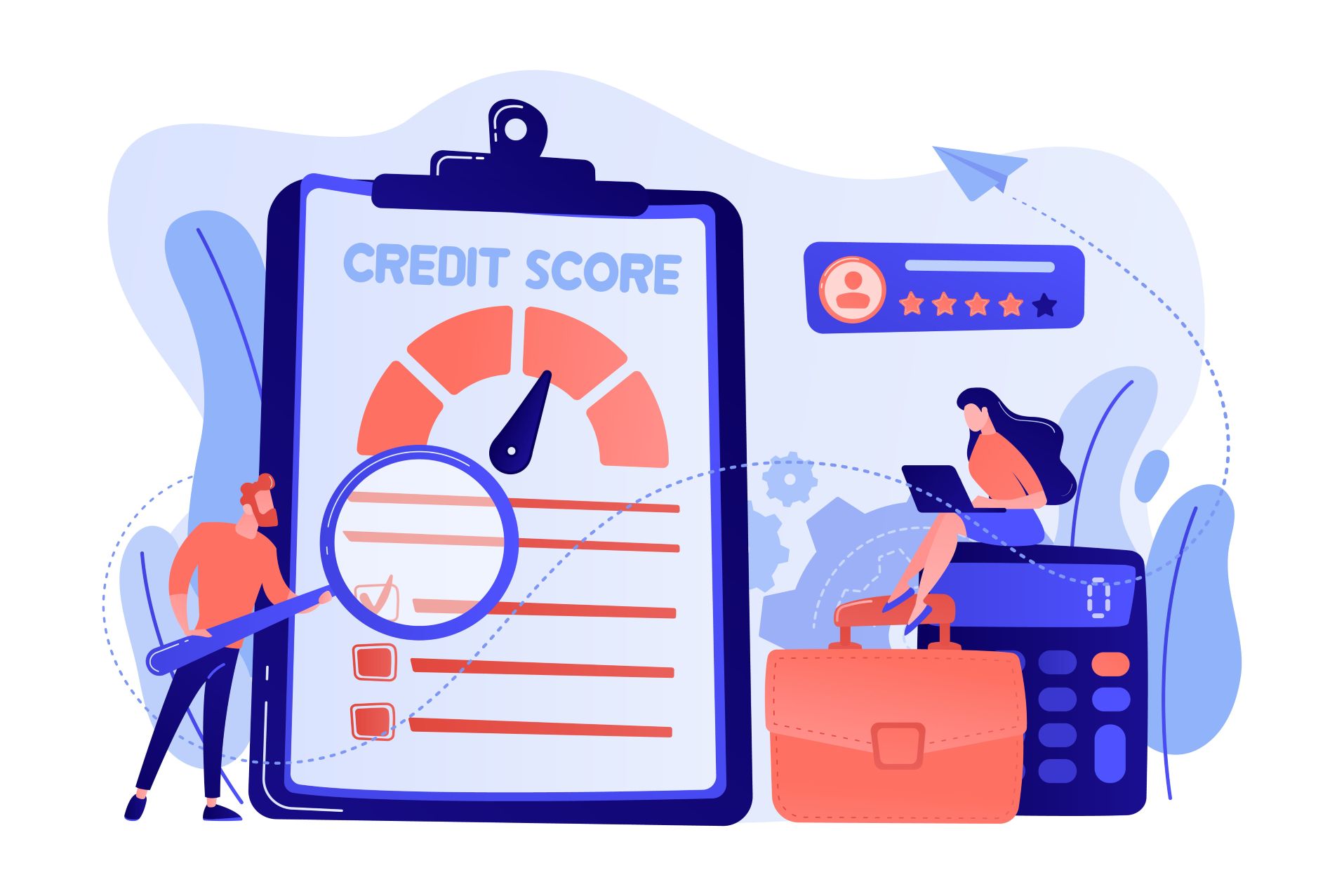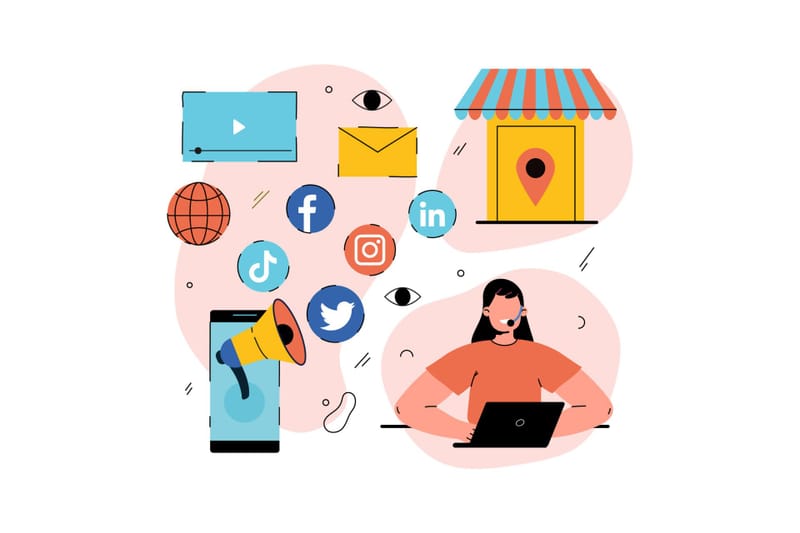
Introduction
Understanding the nuances of social selling is very important if you want to increase the reach of your business.
If this were ten years ago, no one would bat an eye, but ever since the internet has become accessible to billions of people, social media has taken the world by storm.
Anyone who gets recognized on social media will get recognition in real life too!
So, for businesses looking to increase their reach and sales, social media is a gold mine. If you hit the perfect spot, all the gold is yours to take, but until then, you will have to keep digging.
Let's take a look at what social selling is and how it benefits businesses.
Social Selling
It's in the name: selling on social platforms. But the more technical definition is the process of using social media and its different channels, including short video platforms, to reach potential customers.
Brands can find, connect with, understand, and nurture sales prospects. It's about building relationships and engaging with potential customers on social media to increase your sales.
So, the way it differs from the other, more traditional sales methods is in the way it uses the power and reach of social media. While traditional methods like cold calling involve more participation by the sales reps, social media requires way less intervention and participation.
Relatively speaking, of course.
The approach to sales can also be personalized as much as businesses want. This way, salespeople are more engaging and listen to the prospects rather than just pitching.
Let's understand this with an example:
Imagine you're a sales representative for a software company.
Instead of cold-calling prospects, you use LinkedIn to find companies that fit your target profile, follow their posts, engage with their content by liking or commenting, and share valuable content that can help them solve their problems.
Over time, this helps build a relationship and establishes you as a trusted advisor.
Importance of Social Selling
In the world of sales, the most important thing is, obviously, making sales! Sales reps who have used social selling have outperformed their peers who have not utilized the power of social selling.
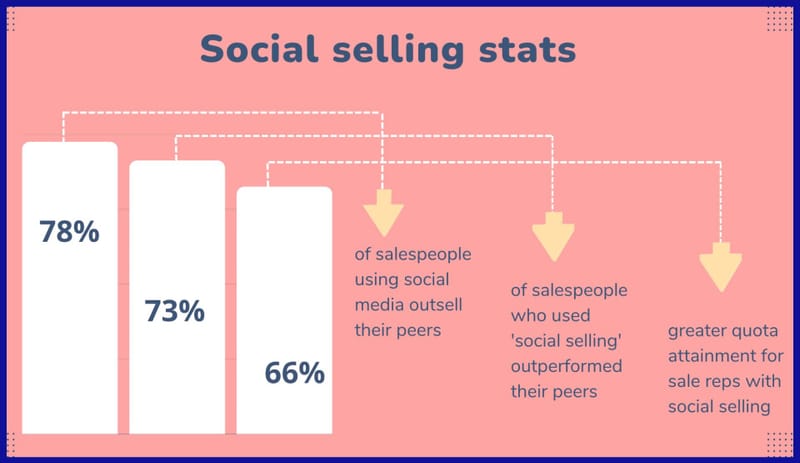
Image Source: Digital Information World
In the modern day, consumers are more informed and technologically savvy, so companies and businesses have to keep up with these changes in the market.
Fail to keep up, and businesses will perish.
Now, here are a few reasons why companies and businesses should adopt the social selling strategy:
Building Relationships
Building relationships through social selling involves more than just transactions; it's about connecting with your prospects more authentically.
This process is rooted in understanding and addressing their needs, challenges, and goals, which ultimately leads to a foundation of trust and rapport. Here's how social selling enables you to build these meaningful relationships:
- Personalization: Social selling gives you the option to make your approach more personalized. When you engage with your prospects on social media platforms, you have the power to change the way you interact with them based on their interests, preferences, and behavior.
- Consistent Engagement: You must engage with your prospects on a regular basis. This will lead to more engagement on your content. Likes, comments, shares, and direct messages will keep you on their radar. When you interact with your prospects frequently, they feel seen and heard, which builds their trust in your business over time.
- Valuable Content Sharing: When sharing your content with prospects, make sure to address their pain points. Making content that educates them about how the industry works and what are the latest trends will show the prospects that you are a knowledgeable and helpful resource. You should also share insightful articles, whitepapers, and case studies.
- Active Listening: Social selling isn't just about talking and uploading content; it's also about listening. Pay attention to what your prospects are saying on social media. This way, you gain insights into their needs and concerns. Knowing their needs and concerns allows you to respond thoughtfully and offer relevant solutions.
- Building Trust: Trust is the cornerstone of any successful relationship. The best ways to build a strong foundation of trust with your prospects are through transparent and honest communication, timely responses, and consistently delivering on promises.
- Mutual Benefits: Effective social selling emphasizes the creation of mutually beneficial relationships. By focusing on how you can help your prospects succeed, rather than just pushing your products or services, you foster a sense of partnership. This approach makes prospects more likely to view you as a collaborator invested in their success.
Increased Reach
Increased reach through social media platforms is one of the most significant advantages of social selling.
These platforms offer unparalleled opportunities to connect with a vast and diverse network of potential clients that would be difficult, if not impossible, to reach through traditional methods. Here's how social media expands your reach:
- Global Audience: Connect with potential clients worldwide, expanding beyond local markets.
- Targeted Advertising: Use sophisticated targeting to reach specific demographics and interests.
- Viral Potential: Create shareable content that can spread quickly and reach a larger audience.
- Niche Communities: Engage with highly targeted audiences in specific interest groups.
- Influencer Partnerships: Amplify your reach by collaborating with influencers who have large followings.
- Real-Time Interaction: Communicate instantly with potential clients, building relationships quickly.
- Content Longevity: Posts and articles can be shared and discovered long after publication, continually reaching new clients.
- Analytics and Insights: Tools designed for influencer analytics don’t just track engagement but also help with audience analysis tools, enabling businesses to identify demographics, interests, and behaviors crucial to developing strategic social selling campaigns.
- Cost-Effective Marketing: Utilize social media's budget-friendly options to increase reach without significant investment.
- Brand Visibility and Awareness: Regular engagement on social media boosts brand visibility and awareness, influencing future purchasing decisions.
Better Insights
Social selling provides valuable insights into your prospects' interests and needs by monitoring their social media activity. Here’s how:
- Understanding Preferences: Analyze likes, shares, and comments to learn what content resonates with your prospects.
- Identifying Pain Points: Pay attention to discussions and complaints to identify common challenges and needs.
- Tracking Engagement: Monitor interactions with your posts to gauge interest and tailor your approach accordingly.
- Following Trends: Stay updated on industry trends and topics your prospects are discussing to remain relevant.
- Competitor Insights: Observe how prospects engage with competitors to understand what they value and where you can differentiate.
- Personalized Communication: Use insights to craft personalized messages that address specific interests and needs.
- Real-Time Feedback: Receive instant feedback on your content and strategies, allowing for quick adjustments.
- Behavioral Patterns: Identify patterns in behavior and engagement to predict future actions and needs.
Improved Credibility
By sharing relevant content and demonstrating your expertise, you position yourself as a thought leader in your industry. Here's how this improves credibility:
- Expertise Demonstration: Regularly share insightful articles, research, and industry news to showcase your knowledge.
- Educational Content: Provide valuable tips, how-tos, and educational content that helps your audience solve problems.
- Consistent Engagement: Actively engage with industry discussions and contribute meaningful insights to build your reputation.
- Case Studies and Success Stories: Share case studies and success stories to demonstrate real-world applications of your expertise.
- Professional Image: Maintain a professional online presence through consistent branding and high-quality content.
- Recognition and Endorsements: Earn endorsements and recognition from peers and influencers to boost your credibility further.
- Thought Leadership: Publish original content and thought leadership pieces that provoke discussion and offer new perspectives.
- Community Building: Foster a community around your brand where people can share ideas and experiences, reinforcing your position as a leader.
Higher Conversion Rates
Studies show that salespeople who engage in social selling typically have higher conversion rates than those who rely solely on traditional methods. Here's why:
- Personalized Engagement: Social selling allows for more personalized interactions, making prospects feel valued and understood.
- Building Trust: Continuous engagement and providing valuable content build trust, making prospects more likely to convert.
- Timely Responses: Real-time communication on social media allows salespeople to address inquiries and concerns promptly.
- Deeper Insights: Access to prospects’ social media activity provides insights that help tailor pitches and solutions effectively.
- Enhanced Relationships: Ongoing interactions foster stronger relationships, increasing the likelihood of conversion.
- Influence and Authority: Positioning oneself as a thought leader boosts credibility, making prospects more inclined to buy.
- Visibility and Reach: Social media expands reach, exposing salespeople to a larger pool of potential clients.
- Referrals and Recommendations: Engaged prospects are more likely to refer others, leading to higher conversion rates through word-of-mouth.
Now that you know the importance of social selling, it's time to look at some examples of social selling to improve your sales.
Using Social Media Platforms like Facebook, Instagram and LinkedIn
According to the 2024 statistics, Facebook has the highest number of users, at a whopping 3.05 billion. That's almost 37% of the entire population on Earth!
Instagram is fourth, with 2.04 billion users, and LinkedIn has the lowest number of users, with only 424 million.

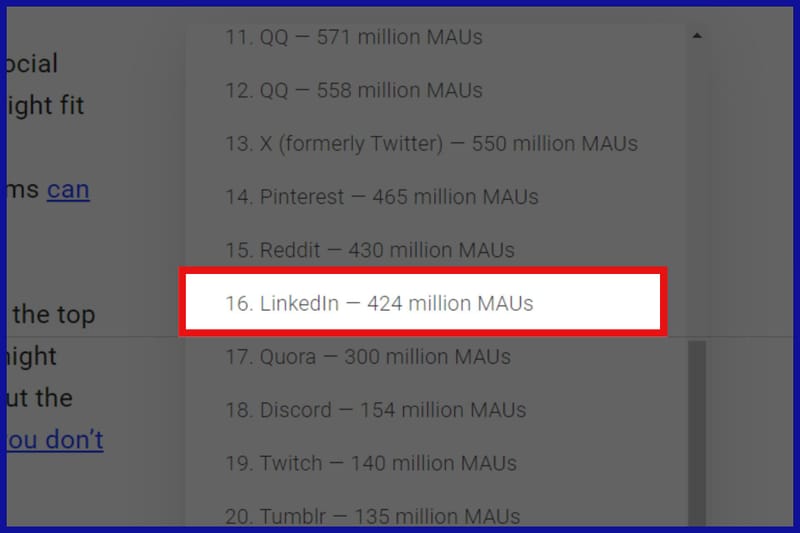
Don't be fooled; these numbers are massive, especially considering LinkedIn is more of a corporate media platform for recruiters and job-seeking candidates.
I'd say go ahead with social selling on LinkedIn, then with Instagram coming in close second, and the last would be Facebook.
Although, with the popularity of Instagram increasing everyday, more brands are shifting towards Instagram. So, in the very near future, Instagram will likely take over LinkedIn when it comes to social selling unless LinkedIn has a trick up its sleeves.
Social selling examples
Example 1
Here's a great example on LinkedIn -
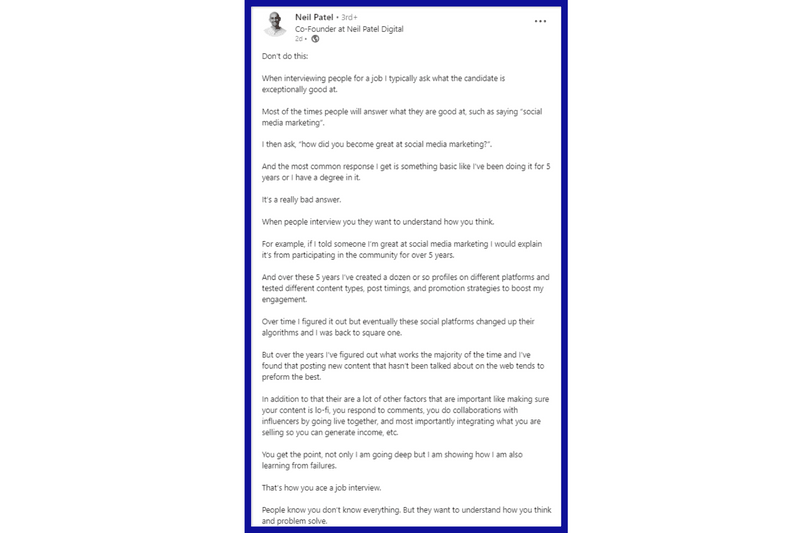
Neil Patel is one of the best experts in the field of digital marketing. He primarily uses LinkedIn as the main platform to connect with his audience. The content he uploads on LinkedIn is uploaded on Instagram, too, but he mainly connects with others on LinkedIn.
Neil is one of the most influential marketers on the market right now. His research and findings have helped thousands of people.
Example 2
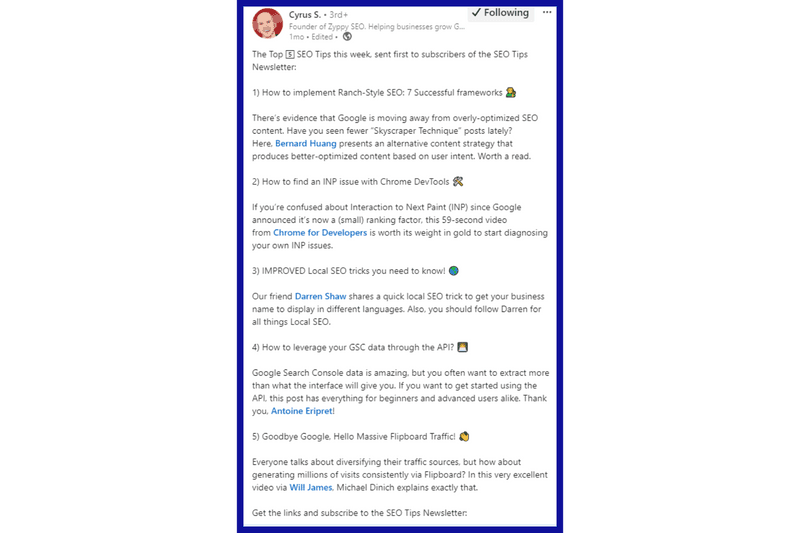
Cyrus uploads posts on LinkedIn on a daily basis and constantly connects with others through comments, providing his audience with more knowledge and building trust.
If you were to look at this profile, you would realize that his method of sharing content is genius. It involves providing accurate data with proper research and opinions based on personal experience.
This type of content sharing and social selling has resulted in Cyrus's posts having tons of reach.
Example 3
One of the best examples of social selling on Instagram is Subway Surfers.
Yes, the mobile game from Kiloo and SYBO Games. They have an independent account under the name Subway Surfers, and they are VERY active on Instagram, to say the least.
Here are some of the screenshots -



You can see in the first image that they have a massive following of 3.9 million.
You may think that's normal for a game, but you have to remember that this game came out 12 years ago when social media was still in its infancy.
Back in 2012, Instagram had about 27 million users, which, when compared to today's number, well -
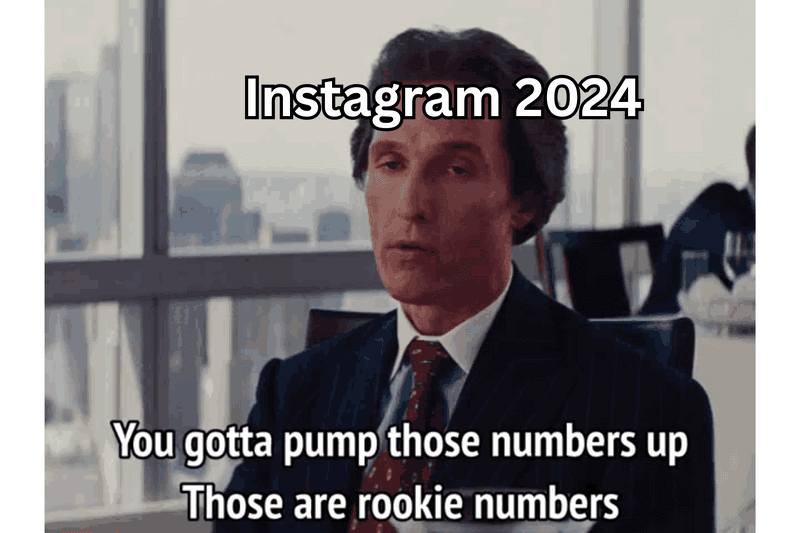
But in all seriousness, you can tell how Subway Surfers have managed to stay relevant in today's day and age.
I mean, look at the 3rd screenshot, the mere fact that they are replying to comments goes to show how active their social media team is. And as I mentioned before, the more a business interacts through comments, the more reach and trust they'll earn.
The second one is straight-up a meme. And if you were to check the views, you'd notice a pattern. Meme-based content tends to get more reach as compared to normal content.
Conclusion
All these social media channels, through which business and companies reach out to prospects, is the only indication any business or company needs to enter the social media market.
If you are a business and you are not utilizing the power of social media to increase your reach and influence on your prospects, you are missing out on a major sales strategy.
I'd go as far as to say these three platforms are the best social selling tools available in the market right now.
In the coming years, the number of users on these social media platforms is going to increase. So, gather your colleagues, make a separate sales team to handle the conversions from that account, and become a social seller today.
FAQs
What is Social Selling on Facebook?
Social selling on Facebook involves using the platform to connect with potential customers, build relationships, and ultimately drive sales. This approach includes leveraging Facebook's features like business pages, groups, and ads to reach and engage with your target audience. By sharing valuable content, participating in relevant discussions, and engaging with followers through comments and messages, businesses can create a community around their brand. This helps in establishing trust and credibility, making it easier to nurture leads and convert them into customers over time.
What is a Social Selling Tool?
It is a software designed to help sales professionals streamline and enhance their social selling efforts. These tools offer functionalities such as advanced search and filtering to find prospects, analytics to track engagement and measure effectiveness, content scheduling, and customer relationship management (CRM) integration. Examples include LinkedIn Sales Navigator, Hootsuite, and HubSpot. By utilizing these tools, salespeople can more efficiently identify and connect with potential clients, manage interactions, and monitor the impact of their social selling strategies, ultimately helping the prospects make a purchase.
What is the Social Selling Approach?
The social selling approach focuses on using social media to build relationships and engage with potential customers rather than directly pitching products or services. This method involves identifying prospects, sharing relevant and valuable content, and participating in conversations to establish oneself as a thought leader. Sales professionals listen to and understand their audience's needs and challenges, offering solutions and insights that build trust over time. By providing consistent value and nurturing connections, the social selling approach aims to create a robust and loyal customer base and drive long-term sales success.



